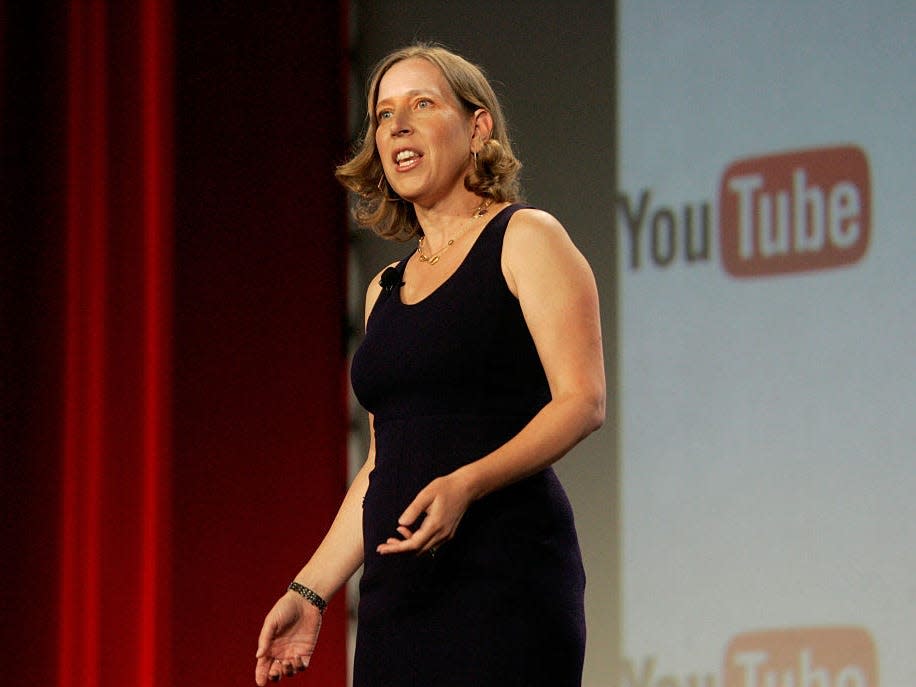Susan Wojcicki, YouTube CEO, died at 56 from a type of lung cancer that is often diagnosed late

Susan Wojcicki, the former CEO of YouTube, died at 56 from non-small cell lung cancer (NSCLC).
NSCLC accounts for 85% of all lung cancer cases, many of which are diagnosed late.
Symptoms like persistent coughing can be confused with other illnesses, like bronchitis.
Susan Wojcicki, the former CEO of YouTube, died from lung cancer on Friday. She was 56.
In a Facebook post, her husband, Dennis Troper, said that Wojcicki died "after 2 years of living with non small cell lung cancer."
Non-small cell lung cancer is the most common type of lung cancer, accounting for 85% of 230,000 diagnosed lung cancer cases each year, according to Yale Medicine.
Non-small cell lung cancer is often diagnosed late
There are two types of lung cancer: small cell lung cancer (SCLC) and non-small cell lung cancer (NSCLC). In NSCLC, the cancer cells are larger, according to Cleveland Clinic.
Symptoms can include a persistent cough, coughing up blood, chest pain, wheezing, fatigue, appetite loss, and face swelling.
Because some non-small cell lung cancer symptoms can resemble other illnesses like bronchitis, about 80% of cases are diagnosed at later stages, making it harder to treat once the cancer has spread to other parts of the body, according to Yale Medicine.
Smoking is the biggest risk factor, even if you quit
According to Cleveland Clinic, the biggest risk factor for NSCLC is smoking. Other risks include exposure to asbestos, metal and mineral dust, air pollution, radon, and radiation therapy. Some infections and diseases, like HIV/AIDS and Chronic obstructive pulmonary disease, also increase risks.
Most guidelines recommend annual NSCLC screenings for people ages 50 to 80 with a smoking history of at least 20 pack-years who are still smoking or who have quit within the past 15 years. A pack-year is the number of packs smoked a day multiplied by the number of years (with a pack assumed to be 20 cigarettes), so 20 pack-years could mean, for instance, a pack of cigarettes a day for 20 years or two packs a day for 10 years.
Correction: August 12, 2024 — An earlier version of this story misrepresented the general guidance for annual NSCLC screenings. The screenings are widely recommended for some people with a smoking history of at least 20 pack-years. A pack-year is calculated not by adding up how many cigarette packs a year someone smokes but by multiplying the number of packs a day they smoke by their number of years smoking.
Read the original article on Business Insider






